|
This video has been floating around on Facebook for some time now. It really makes you stop and think about how confusing the English language can be to those learning English as a second language. Pronunciation and SpellingPronunciation is not the only thing that is difficult. Many words are spelled the same way but have different meanings depending on how they are used. Here is a small sampling of some words in our language that have different meanings and pronunciations for the same spellings. lead, content, row, sow, live, wind, present, minute Confusion For Second Language LearnersPeople also use words in ways that are very confusing for second language learners. My daughter-in-law is Korean, and she often asks me what I mean when I use an expression or idiom. We are unaware of how much of our language usage is not literal. I love the Amelia Bedelia books because they show just how literally some of the sayings are interpreted by someone who doesn't know the current jargon or expression. Using idioms in the classroomA couple of weeks ago, my reading group was reading a story from the Frog and Toad series that talked about spring being around the corner. Afterwards, I gave them some different idioms and a list of the meanings in a mixed up order and asked them to match them up. It was very interesting to see what choices they made. Most of the sayings were familiar, but there were some that were not. I then read them the book Amelia Bedelia by Peggy Parish. They found it to be very funny and asked if we could read some more during our reading group time. These books are perfect for showing the difference between figurative language and literal language. We just finished reading Good Work, Amelia Bedelia. I created some activities to go along with the story. We will be doing them this week. Click the image at the bottom of the page to get your own copy to try out. A couple of years ago I did a guest post about Amelia Bedelia and figurative language. At that time, I had a student who was very literal. He really did not understand that we used expressions which had different meanings. Here are some excerpts from my post from back then. Have you ever found an activity or unit that you try that just takes off on it's own path? I have had this happen many times. It always amazes me when an idea that starts out as a teachable moment or a small idea takes on a mind of its own and blossoms into a larger study. Our current bloom is idioms. What started as an introduction to Amelia Bedelia for a couple of literal learners, has turned into a fantastic learning experience. It has become rich with language and writing opportunities. It has so engaged my students, that they are driving their families nuts by catching every idiom or figurative expression that is spoken. Sometimes I have to call for a time out so that we can actually focus on the topics being studied. Not that I mind, though. It is always rewarding to see the kids having fun with something that they are studying. I teach a grade 2/3 class and I wanted to find some books that would capture their interest and be appropriate for reading groups. I scored with Amelia Bedelia. There are some I Can Read versions that are great for my struggling readers, some of the regular editions that are suitable for my stronger grade 2s and my weaker grade 3s, and now the new chapter books that work with my stronger readers. Right now, everyone is reading about Amelia Bedelia. This is a first! What I enjoy most about having the same characters, is that we can really look closely at them as we meet them in different stories. Everyone is familiar with Amelia Bedelia and Mr. and Mrs. Rogers. Now they are meeting Amelia Bedelia's parents in the chapter books because they are stories about her when she was a little girl. They love making connections as they read about her adventures. Herman Parish (nephew of Peggy Parish) has done a wonderful job with these books. He also has some new I Can Read books about Amelia Bedelia as a young child. They are sure to be a hit as well. Did you catch the idioms and figurative language used in the above excerpts? I had so much teaching about idioms, that I decided to create my own activities. Check them out below. 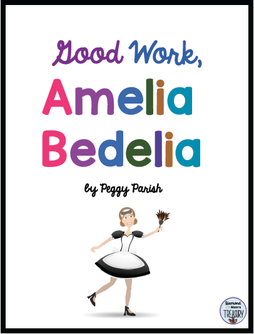 Click the image to get your free copy of activities for Good Work, Amelia Bedelia. I hope you enjoy using them.
0 Comments
Children love to play with money and they get very excited when they have the opportunity to use it for activities. This makes it a great tool for teaching many different math skills as well as life lessons. Here are several money products that I have used with my students to help them better understand how money is used. One of the first things we want them to be able to do is recognize currency and the value of each coin or bill. They need to be able to count money and figure out how much money is needed for various purchases. These products focus on counting coins and deciding what coins are needed to make different amounts. Once children are able to count money, they need to be able to produce the correct amounts in order to make purchases. They also need to know how to count change when they overpay so they are able to manage their money as they use it in the real world. Money is also a great tool for learning how to do regrouping. I often taught my students that they were going to the bank when they needed more ones or tens or when they had too many and had to trade them in for larger amounts. They would actually use the coins to do the math transactions and this helped them to better understand the concept of regrouping. Word problems can be difficult for children because not only do they need to do the math, they need to understand what the words mean in order to do the math questions. Using money as manipulatives can sometimes help with making sense of the problems. These word problems are some examples of things that children could encounter in real life. This is one of my favorite units. It was created with my students. It started out as a simple activity and grew to be one of our most memorable moments that year. We created a spring fundraiser to raise money for a special field trip. We made many different things to sell. It was a perfect way to put into practice the skills we had worked on during the unit. (It works well for both Canadian and American money.) 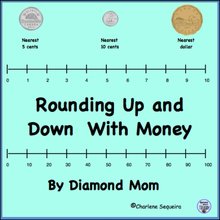 We recently stopped using the penny in Canada. This created some confusion for businesses, so it was necessary to begin rounding up or down when making change. I created this product to address this situation. 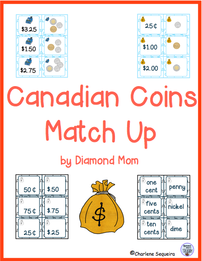 This is a set of task cards that helps children to identify and count coins and match them up with the written form of the money amounts. Here are my Canadian money products all in one place. For three years before I retired, my class collected Pennies for Presents to help buy gifts for needy families at Christmas time. This was a wonderful way to give to others, but the added bonus was learning how to count money as we kept an on-going tally of what was collected each day. You can read about it here. I hope that you find some of these ideas helpful for teaching about money in your classroom.
|
About Me Charlene Sequeira
I am a wife, mother of 4, grandmother of 9, and a retired primary and music teacher. I love working with kids and continue to volunteer at school and teach ukulele. Categories
All
|
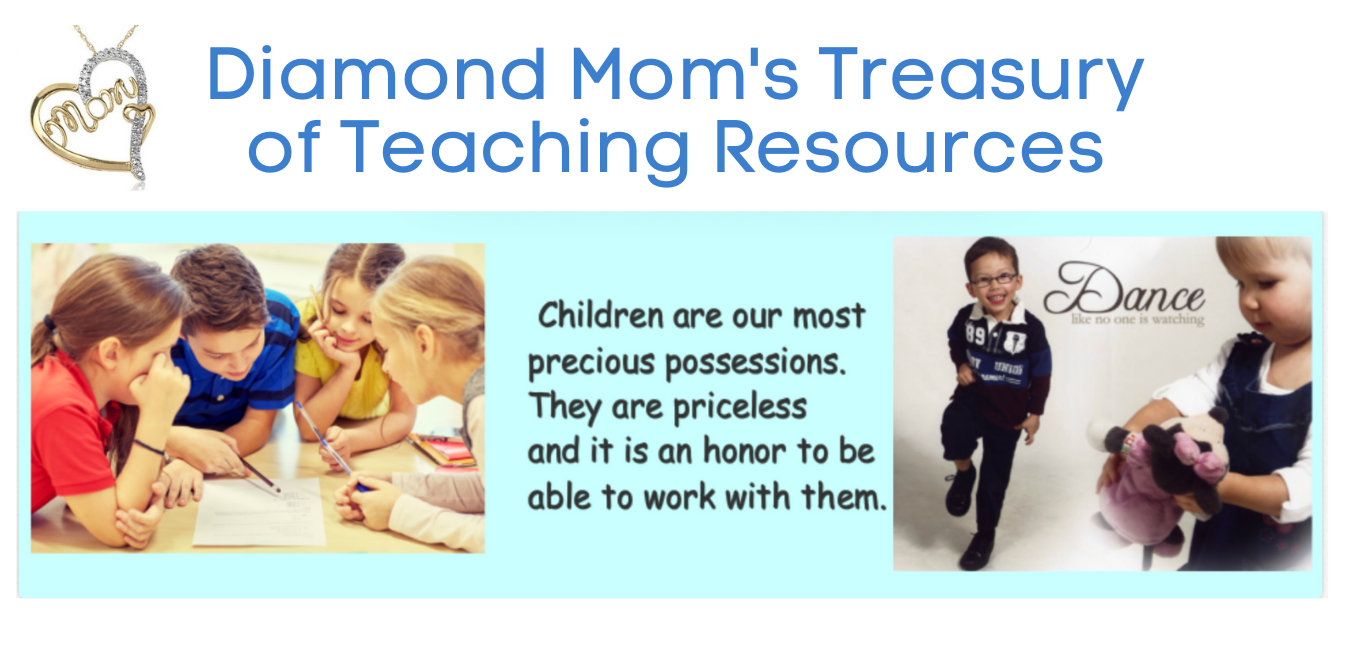
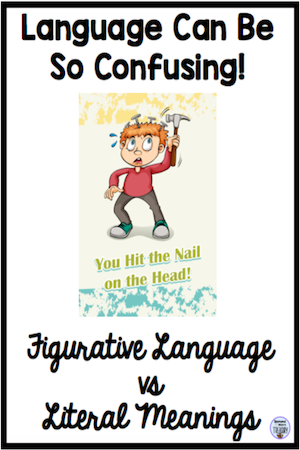
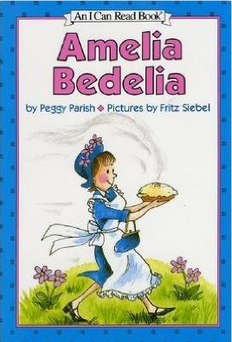
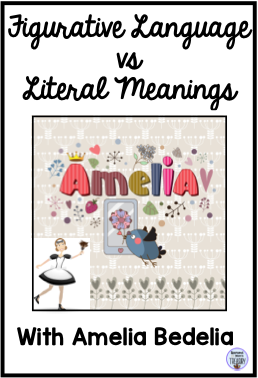
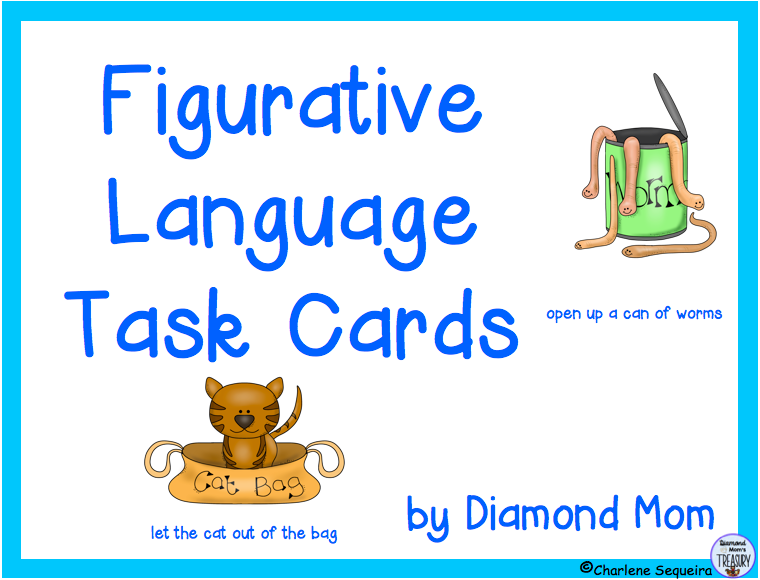
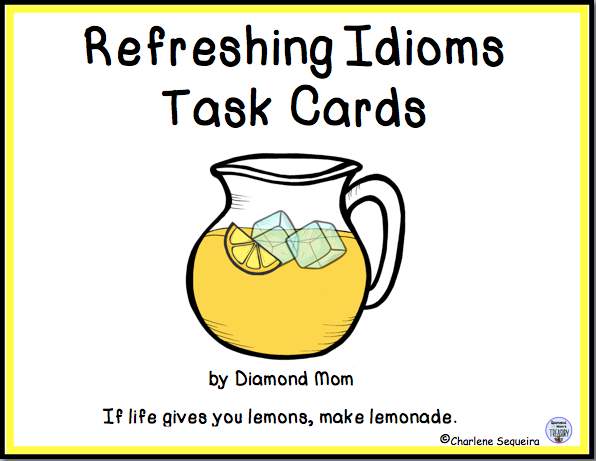

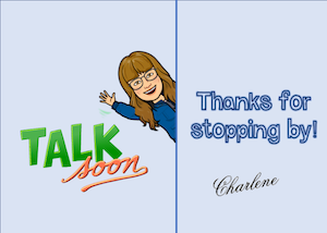
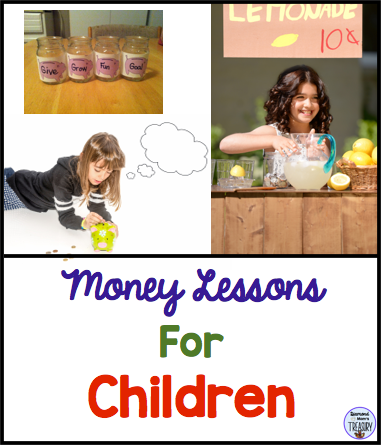
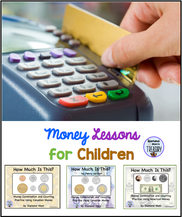
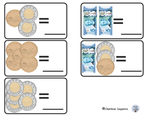
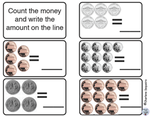
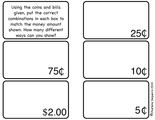
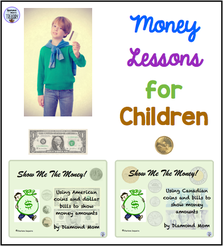

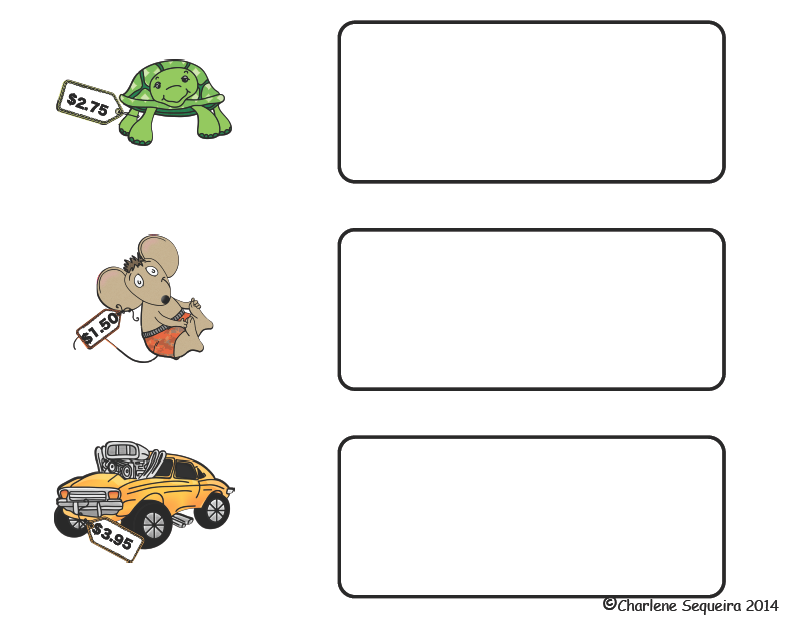
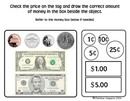
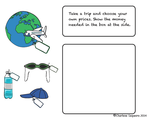
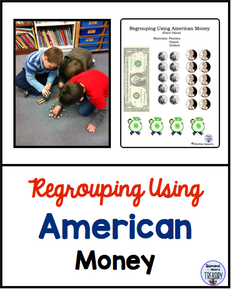
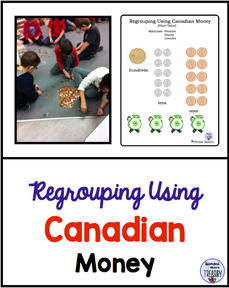
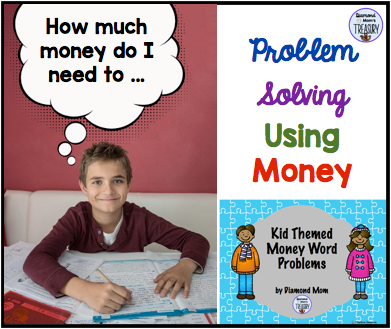
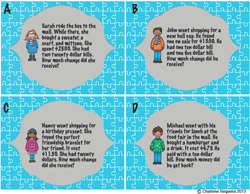
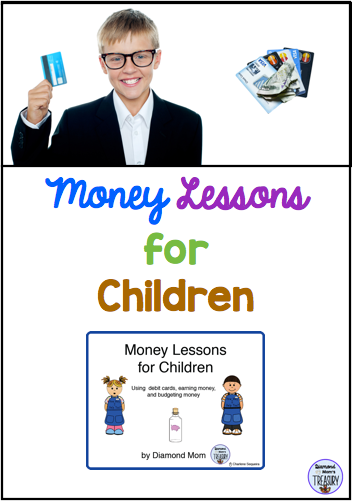
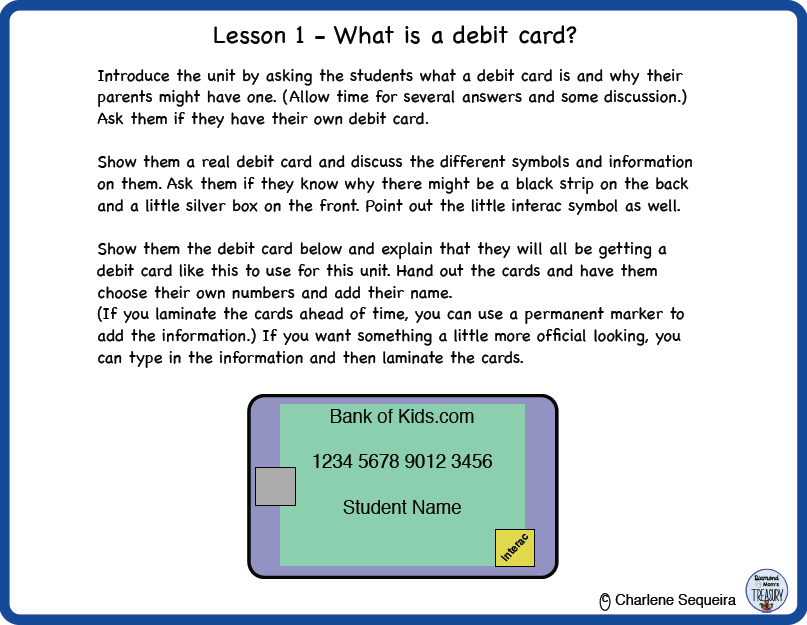
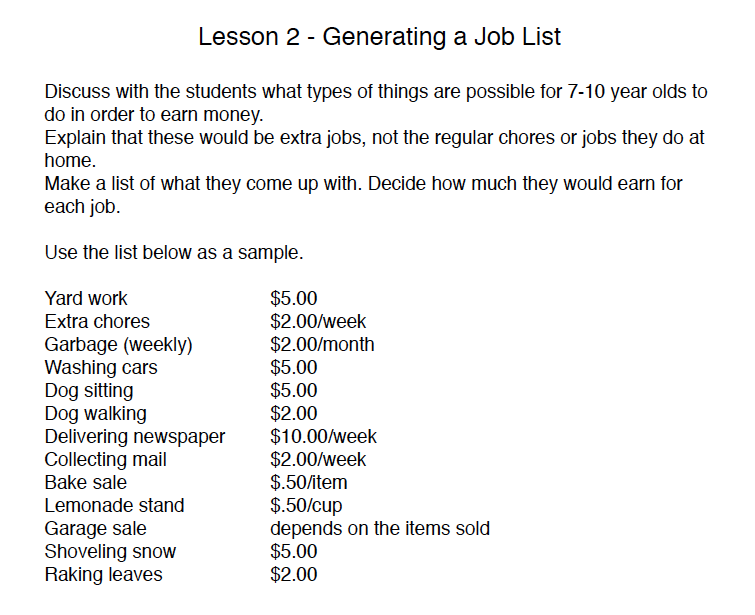
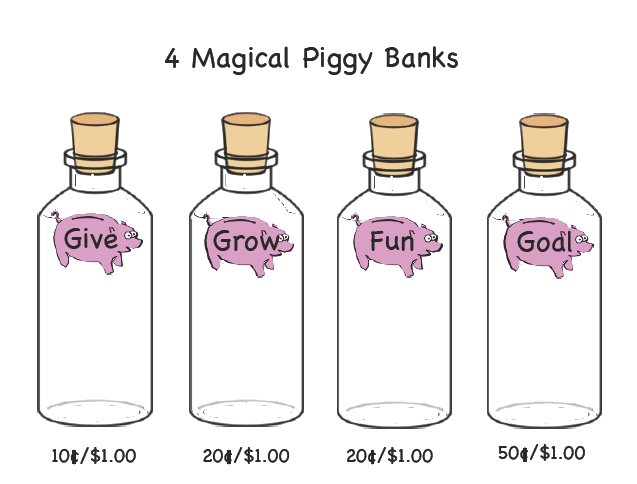
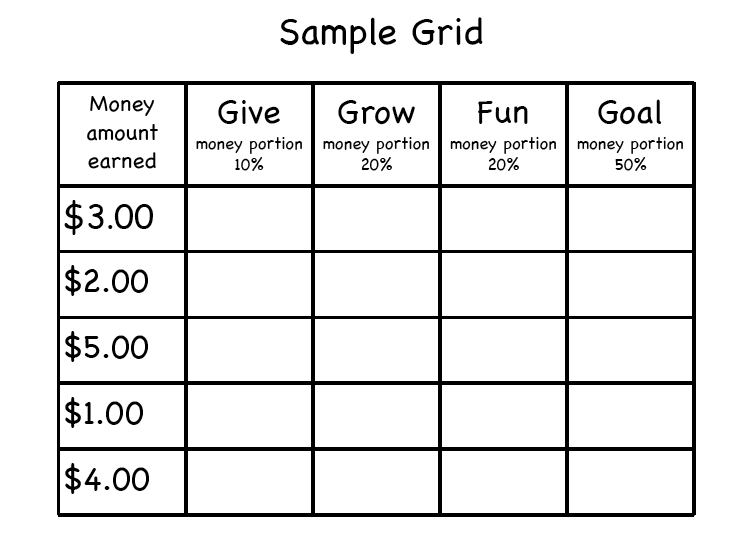
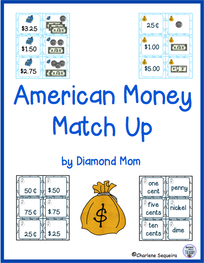

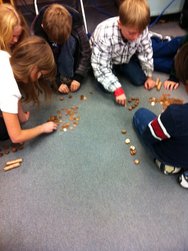
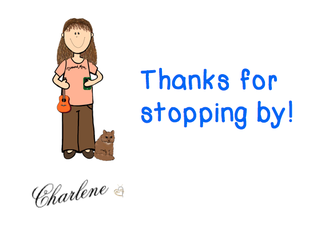



 RSS Feed
RSS Feed